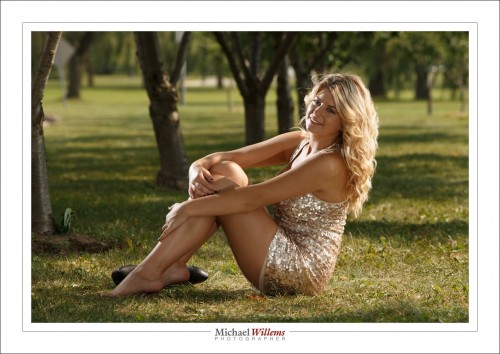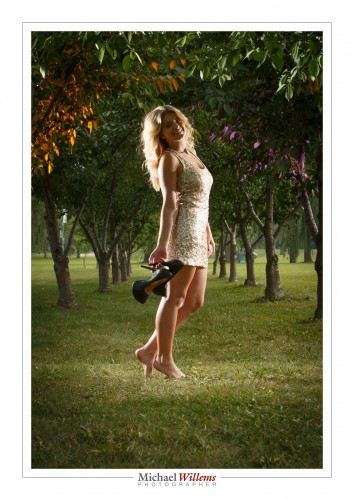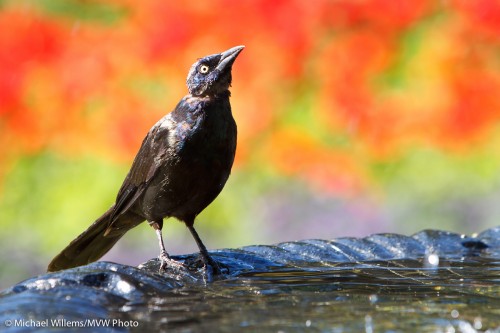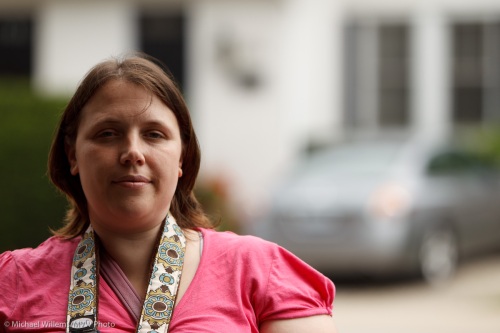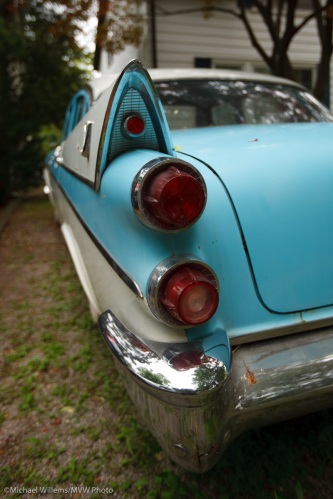As you all know, there are three ways to get “blurry backgrounds”:
- Large aperture (“low f-number”).
- Get close.
- Use a long lens focal length (“zoom in”).
The first one is the one everyone thinks about – but the last one has a very recognizable look. Like this, yesterday, at 190mm at f/8:
Compare that look and that background blur with this, taken at 70mm:
Both nice, but the first one (viewed full size) has that distinct “long look”, and the background is blurrier. Reason I like the 70-200mm lens for fashion shoots if I have enough space!
___
Want to learn this? There are a couple of spots still open on my Oakville Photo walk, this coming Sunday from 1-5pm. Go to www.cameratraining.ca/Schedule.html and follow the BOOK link.

